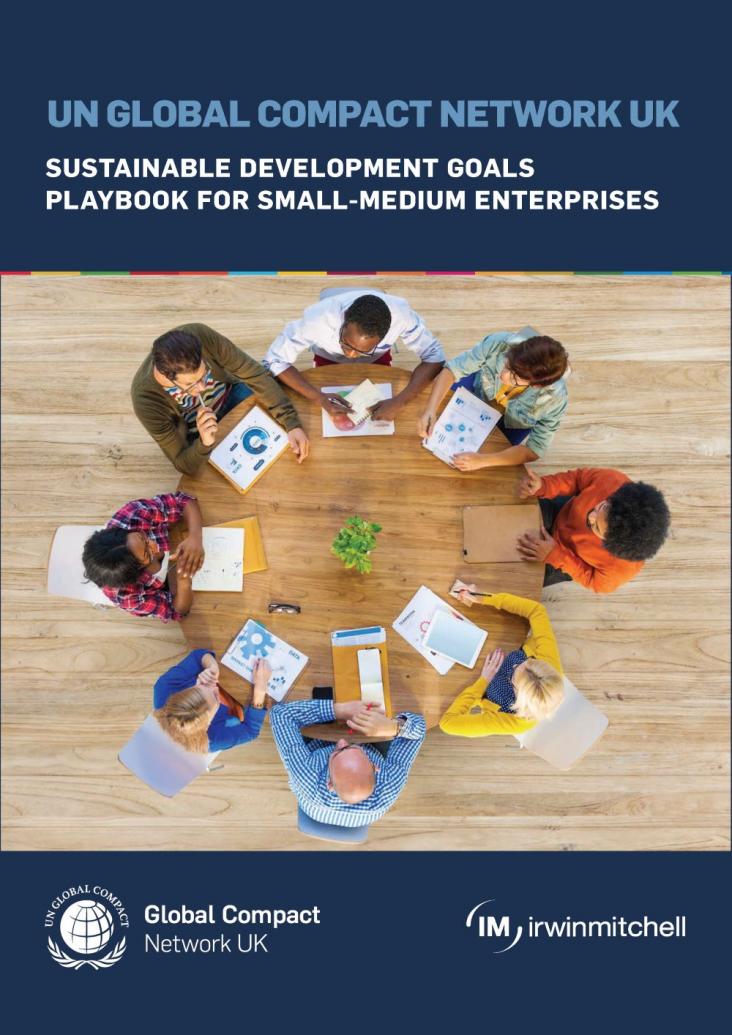This One Earth Research Article shows how higher temperatures are associated with increased risk of childhood anemia in sub-Saharan Africa, predicts the risk to increase in the future due to climate change. The results emphasize the need for climate mitigation and adaptation (SDG 13), as well as targeted public health responses (SDG 3).
The UK is trying to achieve carbon neutrality (SDG 13) and improve biodiversity (SDG 15). This One Earth Research Article explores various land-use changes that the UK could make to achieve these various goals but finds that no solutions exist without trade offs like reduction in food production (SDG 2).
The annual UN Climate Change Conference advances climate talks, mobilizes action, and can provide a significant opportunity to look at the impacts of climate change as well as innovation and solutions globally. Elsevier is pleased to highlight a large number of freely accessible journal articles and book chapters to help advance research and action against climate change, in support of COP28.
This chapter aligns with Goals 13 and 15 by providing a reminder of the wide range of essential ecological benefits of forests and of the many products and services humans derive from forests, and then summarize three hallmarks of healthy forests across ecosystems and conclude by leveraging what we know about forests in the past to propose five key principles for future forest management.
This chapter aligns with Goals 13 and 15 by reviewing the latest literature about plant–microbe and microbe–microbe interactions in coordinating the interlinked carbon, nutrient, and water cycles, and we estimate how these may respond to the key global change factors of CO2, temperature, and precipitation.

The UN Global Compact Network UK, in partnership with Irwin Mitchell, has developed the SDG Playbook for SMEs: a step-by-step guide to help smaller companies unlock the competitive advantages associated with embracing the Sustainable Development Goals.
This chapter advances the UN SDG goals 13 and 14 by reviewing the impact of habitat degradation on local biodiversity and species invasions, particularly in the context of climate change and shifting habitat ranges.
This article underscores the complex interplay between topography and climate in driving glacier retreat in Sikkim, with significant implications for water resources and regional economic stability.
This article ties with climate action and reproductive medicine, as it is a reflexion on healthcare carbon footprint especially the IVF laboratories.
This paper provides the most recent and accurate quantitative and qualitative assessment of available water resources and demands in the GCC countries.
